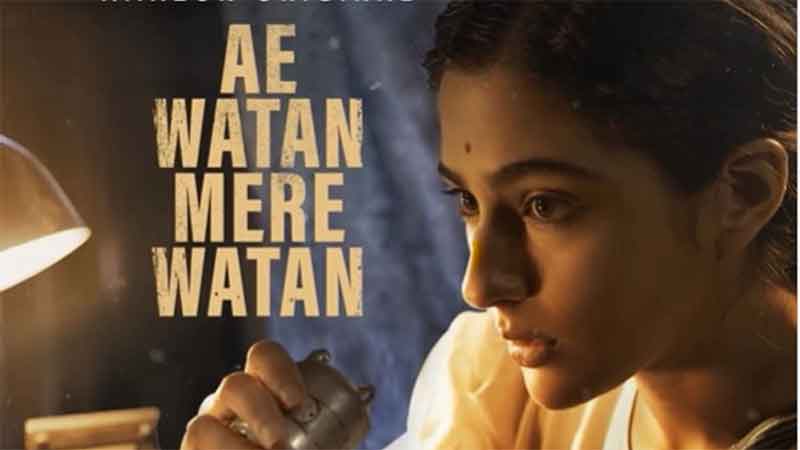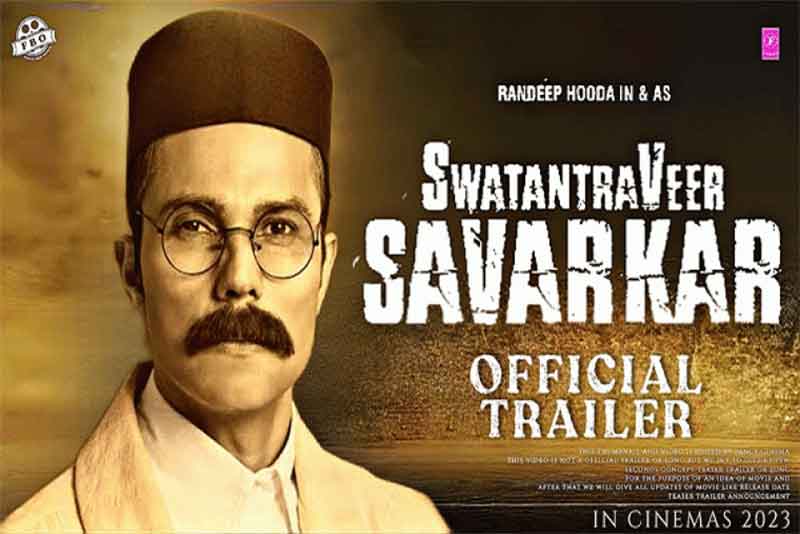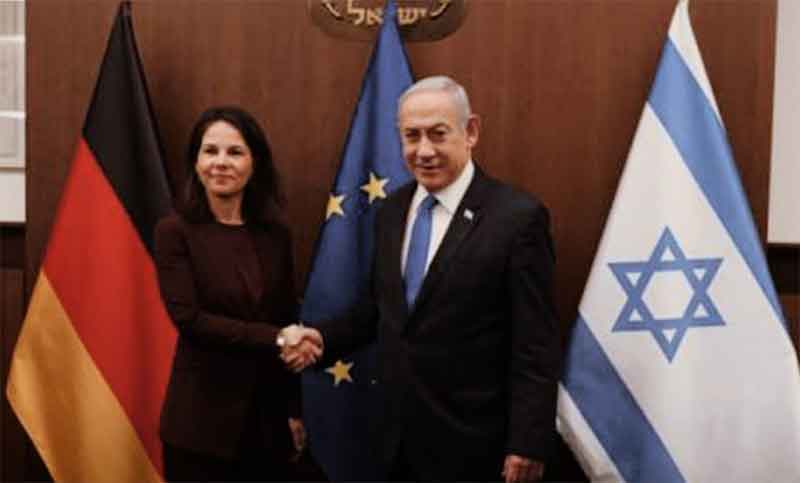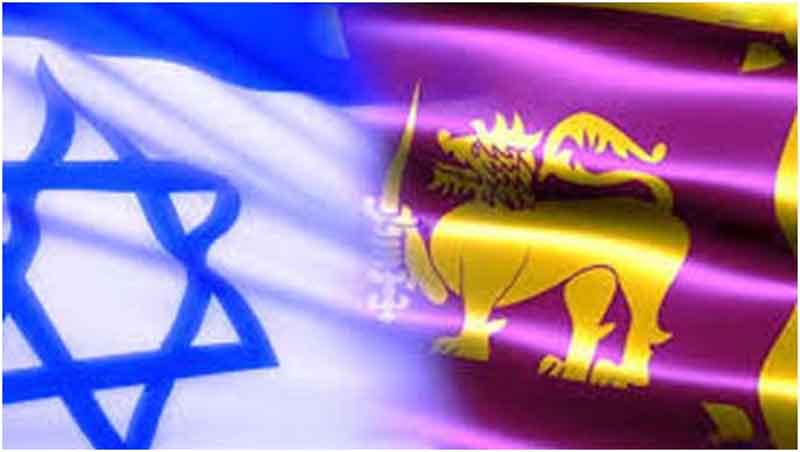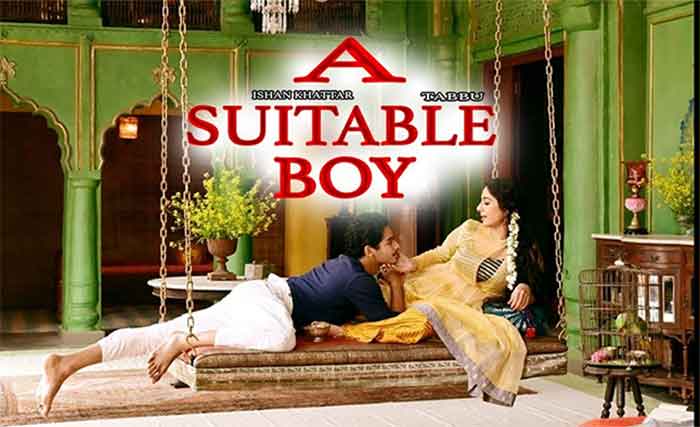
In the history of Indian societies ‘marriage’ as an institution has garnered a special place and has been ubiquitous in all sections and classes of the society. Within this finding a groom is a very seasoned activity. Mira Nair’s newest web series ‘A suitable boy’ is an adaptation of a novel by the same name authored by Vikram Seth in 1993 about the search for a groom for a 19 year old college student Ms. Lata Mehra studying English at Brahmpur University and the challenges in finding a ‘suitable’ match in the post-partition period of the 50s. Here ‘suitable’ would essentially mean someone with whom Lata can lead a happy life and be respected for it. Amongst Bengali tradition, a ‘suitable’ husband must promise ‘bhaat kapor‘ or food and clothing to the newly wedded bride. It is similarly true for other religion and communities as well, as amongst the Muslims the husband gives a bride price to the bride during nikaah.
‘Marriage’ is a foundation for a good Indian family. Marriage in India among elite-aristocrat families also happen in order to forge business and political alliances. After India’s Independence in 1947 Nehru envisioned the emergence of a new independent India having roots in the socialist regime. The Hindu-Muslim conflict was still very fresh in people’s memories and the challenges of gaining employment in an India left poor and drained by the colonials, huge. In such a light, people started working harder and carving a niche for themselves with the main objective of starting a family after a suitable marriage. Thus, Mrs. Rupa Mehra too was occupied by the challenges of finding a good match for her able daughter so that she too can be a benefactor of this vision of new India.
Though essentially about finding a groom it is also about making a choice firstly to get married in an Independent India which constitutionally provides you the freedom to make that choice and secondly whom to marry. The film mainly dwells on how inter-faith or mixed marriages were considered taboo in those times and which is not acceptable to Lata’s family as well. Lata has to choose amongst three suitors: her first love Kabir Durrani who is Lata’s college mate and a Muslim by religion, Haresh Khanna who is a self – made man, a England returned shoe manufacturer and Amit Chatterji who is again an England returned poet. The series also tells the story of Maan Kapoor, a wild child, who is Lata’s brother-in-law. He is the scion of an influential family of Mahesh Kapoor, the revenue minister of Poorva Pradesh. Maan, also becomes the protagonist of this story as he tries to find himself and his objectives in life egged on by the beautiful courtesan and ghazal singer Saeeda Bai Firozabadi, who becomes somewhat his muse. Maan’s elder brother Pran, is an English professor by occupation in Brahmpur University who is married to Savita, the elder sister of Lata. Then there are the Khans consisting of the father-son duo Nawab of Baitar and his son Firoz who are close to Mahesh Kapoor of the Kapoor family. Firoz draws close to Maan as a dear friend and confidant. The Mehras consist of the widow Rupa Mehra searching for a suitor for her youngest daughter Lata, eldest daughter Savita, eldest son Arun, who works in an English company at Bentsen and Pryce and is married to Meenakshi Chatterji and youngest son Varun, who is an IAS apirant. Lata’s father was an Engineer by profession and would have worked for the Indian Railways if it weren’t for his untimely death.
The series consists of six episodes of approximately an hour each streamed on Netflix directed by Mira Nair and produced by Andrew Davies. Previously Mira Nair has directed acclaimed movies like The Namesake, Monsoon Wedding and Salam Bombay. Nair has drawn wonderful portraits of the three suitors as also a bunch of other motley characters. Besides the case of interfaith marriages, the movie dwells on several other issues that were plaguing the society of those times like communalism. This is exemplified by an incident where Raja of Marh, orders the construction of a Shiva Temple near a mosque due to which a mob riot strikes, and 20 people are killed by police firing. Besides this issue another one was the zamindari system. Mahesh Kapoor being the revenue minister of Poorva Pradesh lobbies for the abolishment of the zamindari system in India’s first general elections. The peasantry and landlord relations come forth when we watch the campaign of Mahesh Kapoor in the villages of Rudhia and Salimpur standing for Congress party and aided by his close associate Nawab of Baitar.
We also learn that the society after partition has primarily become an English speaking one as the Urdu language is being forgotten by many of those families who used to speak it and Saeeda Bai tries to revive and keep it alive through its teaching to her sister Tasneem by tutor Rasheed.
Then there is the issue of the women’s question and her choices. While Meenakshi, wife of Arun is having an extra-marital affair with Billy Irani, Lata’s sighting with Kabir Durrani, a Muslim student studying history in Brahmpur University, near the Ganga is looked down upon by the rest of the society members and Lata’s subsequent admission that she is in love with Kabir makes Mrs. Rupa Mehra cut a dash to Calcutta to save her younger daughter Lata from societal admonishment of being involved with a Muslim man, and coming just after partition the societal scorn it attracts is no difficult matter. She on finding no great suitors by elder son Arun in Calcutta then moves her search area to Lucknow where she meets Haresh Khanna a hardworking chap through a match-maker friend in Calcutta called Kalpana Gaur. Haresh shows Lata and Rupa his boarding house where he puts up and his shoe manufacturing factory where the smell of tanned leather overwhelms Rupa and they leave the factory as fast as possible. Later, when asked by Rupa, Haresh reveals that he goes to the tannery once a week as being a manager sitting in a clean office is not done for several who work on field. Thus, Haresh seems to be a better suitor to Lata’s mother compared to Amit Chatterji who is an acclaimed poet after qualifying as a barrister and the brother of Meenakshi Chatterji. At some point Rupa Mehra also wishes that Kabir were a Parsi instead of a Muslim and gasps when she finds that it is contrary to her wishes. Though Lata says that “you must always listen to your heart”, Rupa Mehra fears the consequent societal admonishments of a marriage to a Muslim. It seems in those times it was okay to get married to a Parsi but not a Muslim.
On the other hand, Kabir is offended by Lata’s suggestion of elopement and asks for an apology. Lata is left stranded amidst her three suitors unable to understand how to proceed and what to do while she always vehemently declares to her mother “I don’t think I ever want to get married”. But, her mother is also helpless in the face of societal push as she is forced to get her fatherless daughter married off as swiftly as possible. Even Lata’s elder brother Arun once says that “Beggars can’t be choosers” when Rupa Mehra asks him to find “someone suitable for Lata”.
I feel Lata’s family was in a slight bit hurry to get her married off. She could have taken her time being only 19 years old. Marriage in India are of two types. One based on romantic love called ‘love marriage’ and the other fixed up by the families of the groom and bride known as the ‘arranged marriage’. Lata makes the choice of an arranged marriage with Haresh Khanna who has been found by her mother instead of love marriage with Kabir. There is a reason to this. Through the series we realize that Kabir is whimsical and is “very much about his own dreams”. Kabir was too passionate and immature in his love. Lata’s feelings over time becomes negative towards Kabir. Actually, Lata realises that mixed marriage would not work out in those times and that there were none at all in her family.
On the other hand, Lata chooses to marry Haresh for whom though shoes were his first love, he being a very disciplined and self-made person won the heart of both Lata and her mother. Haresh is a mix of tradition and modernity. His humility won Lata’s heart and somewhere along the way Lata realises that Haresh was very ‘real’ in his ways and that “his feet touch the ground”. Lata chose a person who loves Lata back and Haresh’s constant correspondence with Lata proved that! Haresh writes to Lata “The feelings I have for you increase every day, and unlike my shoes, do not take Saturday and Sunday off. Please write to me. Your very own Haresh.” Though Malati, Lata’s close friend, thinks that Lata is crazy and is just trying to please her ‘mummy’ by doing just what she says, Lata assures her mother that she is not. Even, Lata’s elder brother Arun thinks that Haresh is just “a cobbler who chews paan.” But, when Lata learns that Haresh has given up that unattractive habit to please her she becomes even more sure of her choice.
Love is grounded. It’s not in the air. Lata’s equation matches with that of her mother on the question of whom should she chose for marriage. But is it a coincidence or a well thought out decision that is what we need to understand. Actually, Mrs. Rupa Mehra is always looking for certainty, surety and security in case of Lata’s marriage. She doesn’t want her to get married to a person with a temporary job as that of a Poet like Amit Chatterji or a college infatuation like Kabir’s. Haresh, the shoemaker, is much liked by Mrs. Rupa Mehra, as he comes out as a very disciplined, practical, business like and self-made man ready to be kind by putting on shoes on the ‘bare feet’ Indians as Lata puts it. He finds a new job with Czechoslovakian shoe manufacturer Praha and negotiates for Prahar accomodation and club facilities in expectation of his marriage to Lata. He even invites Lata’s family for a Christmas Luncheon at Praharpore Club. Haresh Khanna spends a lot of money to make Lata’s family dine there and is extremely pleased when Lata arrives there.
Lata’s marriage to Haresh is also approved by Maan. Maan’s life journey surely brings a lot of thrilling drama to the story as portrayed by Mira Nair. Maan’s subsequent affair with Saeeda Bai has the dangers of serious personal and political consequences on his family. Maan grows suspicious of Saeeda Bai. He doubts Saeeda that she is seeing someone else and in his anger tries to suffocate Saeeda. Firoz, who had also come visiting, tries to pull Maan away from Saeeda Bai’s throat and in the heated scuffle Maan stabs Firoz with the knife that Saeeda Bai had pulled out to defend herself. Right after wounding Firoz, Maan flees from the site to Banaras where he surrenders himself to the police. Maan gets arrested and remains in jail while his mother also dies out of sorrow. He is not even allowed to shave his head in this time of tragedy due to purposes of identification. When Lata goes to meet Maan in jail she assures a troubled Maan that no one has given up on him. Lata in return confesses what was troubling her own self that is whom should she chose between, : the shoe-maker, a poet or her college mate Kabir. Maan says that though he hasn’t been a very good son his father really loves him and wants best for him just like Lata’s mother wants the best for her. Maan basically points out that Lata’s mother’s choice Haresh is most suited for her.
If Mira Nair has shown Hindu Muslim conflict she has also shown Hindu-Muslim amity and friendship in those times. This is proved when Bhaskar Tandon and grandson of Mahesh Kapoor, is rescued from a stampede that is ensued at Pal Mela by Kabir Durrani. During Muharram and Ramleela both the communities organize a procession at Brahmpur. When the revelers meet midway a fight ensues and again riots happen. A mob surrounds Firoz as he is Muslim but Maan being his friend defends him by fighting for him and both are chased by the mob to Mahesh Kapoor’s house. This time a Hindu saves a Muslim brother just like last time Kabir, a Muslim saved Bhaskar, a Hindu child. Lastly, when Firoz and Saeeda Bai appear as witness for prosecution, they give statement that the entire incident was an “unfortunate accident”. For lack of evidence the judge acquits the accused Maan. Later when Maan meets Firoz he confides that to deny charges was his father’s idea. Maan is grateful to the Nawab of Baitar for proving him not guilty of the crime committed.
Mira Nair has given us a perspective on love and how different people understand it. Anarchic Maan understood love as an infatuation with the beautiful courtesan Saeeda Bai. Mahesh Kapoor understood it as his love for politics and election rather than his dutiful wife. Amit longed for poetry and his love for Lata bordered on superficiality. Lata on the other hand understood that love was not always about choosing for yourself though she does make a choice by the end of the series. Love according to Lata she explains to Malati one fine day by taking cue from an English poet Clough is: “There are two kinds, I believe of human attraction. One that merely excites, unsettles and makes you uneasy. The other he talks about the calmer, less frantic love, which helps you to grow where you are already growing.”
On a lighter note, Mira Nairs choice of Shujaat Khan for playing the sitar is commendable. There is also a beautiful ghazal that Saeeda Bai is often heard humming “Mehfil Barkhast hui” (the gathering has been dismissed). This rendition is sung by the artist Kavita Seth.
The film is beautifully choreographed. Lata’s situation can be contextualized in present times too except we’ll have to replace the soot chugging trains with planes and the lifestyle of the elite-aristocratic family reminiscent of Anglo-British strains with on the face kind of flashy and glitzy sort of existence. There is mention of music such as Schubert and of authors and poets like John Donne (Lata’s favourite), Thomas Hardy, James Joyce and T. S. Eliot. As well as, numerous parties with whisky, wine and sherry and ball dance like tango to amuse us. That era’s hairstyles and the ‘smitten kitten’ kind of nail-paint. Men would wear braces to hold up their trousers. People corresponded with each other through postal letters than email. One can’t see such sophistication in today’s elite societies but nevertheless.
Shashwati Ghose is a student of Ph.D. Sociology in the department of sociology, Jamia Millia Islamia
SIGN UP FOR COUNTERCURRENTS DAILY NEWSLETTER

